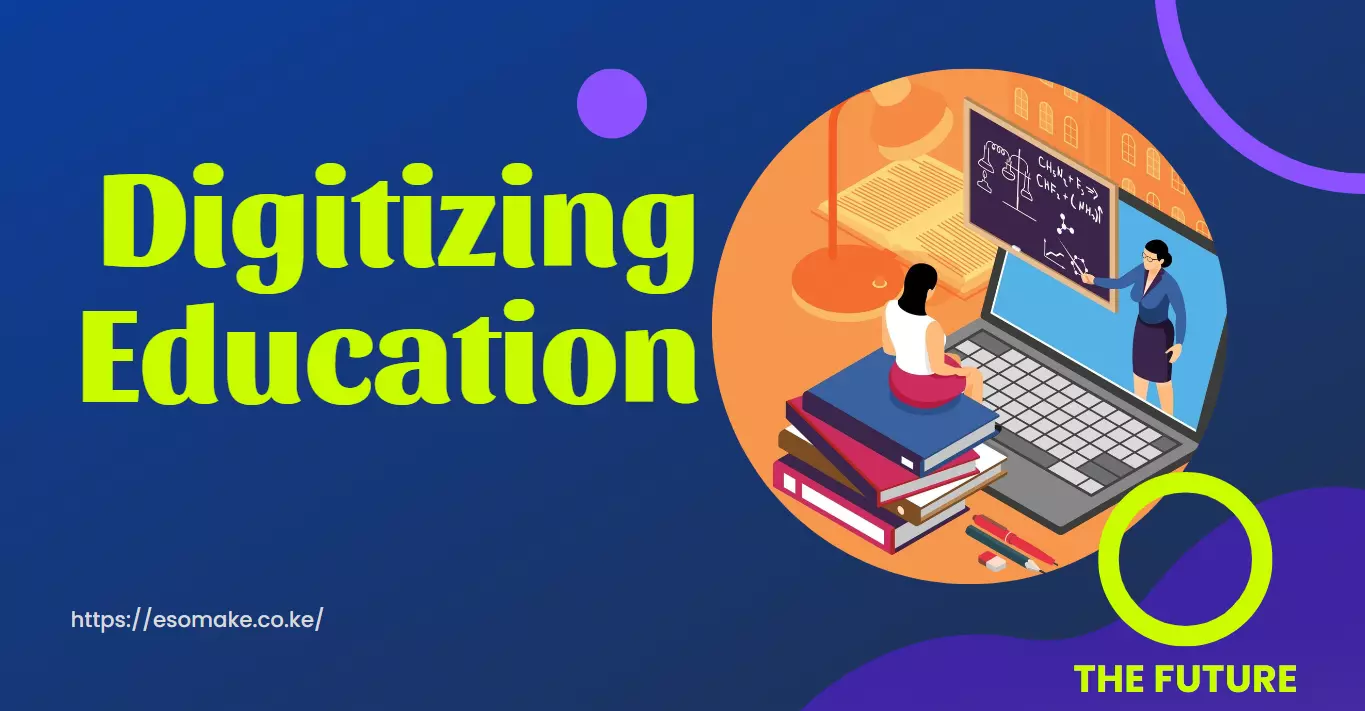Technology Integration in Education: A Necessity, Not a Luxury

In the digital age, the integration of technology in education is not a luxury; it is an absolute necessity. The traditional classroom setup, with its chalkboards and printed textbooks, is no longer sufficient for preparing students for the demands of the modern world. Instead, technology has become a fundamental component of teaching and learning, offering numerous benefits that can enhance educational outcomes. In this article, we will explore why technology integration is essential for modern-day education.
Engagement and Personalization
One of the most significant advantages of technology in education is its ability to engage and personalize learning for students. Interactive online platforms, educational apps, and multimedia resources cater to various learning styles, making it possible to adapt instruction to individual students' needs. With technology, teachers can provide a more personalized and engaging learning experience, ensuring that no student is left behind.
Access to a World of Information
The internet provides an unparalleled resource for accessing information, data, and research materials. Students can explore a wide range of topics, fostering curiosity and a love for learning. Technology allows them to delve into subjects of interest, which may not be covered in traditional curricula, and even engage with experts and enthusiasts from around the world. This access to a vast pool of knowledge expands the horizons of traditional learning.
Incorporating technology into education exposes students to real-world applications of what they learn in the classroom. From simulations to virtual field trips, technology provides a bridge between theory and practice. This approach makes learning more relevant and helps students understand how to apply their knowledge in professional and everyday situations.
Collaboration and Communication
Technology enables seamless communication and collaboration among students and teachers. Online forums, video conferencing, and collaborative platforms facilitate group projects and discussions regardless of physical distances. This prepares students for the globalized, interconnected world they will enter after completing their education.
Assessment and feedback are crucial aspects of the learning process. Technology allows for immediate assessment and feedback through online quizzes, interactive exercises, and automated grading systems. This not only saves time but also provides a more accurate and objective evaluation of a student's progress. It empowers students to identify their strengths and weaknesses and work on improving them.
Multimodal Learning
People have different learning preferences, and technology accommodates these differences. Students can engage with content through text, video, audio, and interactive simulations. This multimodal approach appeals to a broader range of learners, making education more inclusive.
The COVID-19 pandemic highlighted the importance of technology in education. It allowed schools to continue teaching when physical attendance was not possible. Even beyond crises, technology offers flexibility, enabling students to learn at their own pace and on their own schedules, which is essential for working adults and non-traditional students.
Enhanced Teacher Effectiveness
Teachers benefit from technology integration as well. Educational technology can streamline administrative tasks, such as grading and attendance, freeing up more time for instructional planning and support. It also provides educators with a wealth of resources and tools to improve their teaching methods and effectiveness.
Environmental Sustainability and Career Preparedness
The digitalization of educational materials and resources reduces the need for printed textbooks and paper. This has a positive impact on the environment, reducing deforestation and the carbon footprint of education. It also teaches students about the importance of sustainability and responsible resource use.
In today's job market, digital literacy and technological proficiency are prerequisites for many careers. Integrating technology in education ensures that students are prepared for the demands of the workforce and can adapt to rapidly evolving industries.
In conclusion, the integration of technology in education is no longer a luxury but a necessity. It enhances engagement, personalization, and access to information, making learning more relevant and preparing students for the challenges of the modern world. It fosters collaboration, provides immediate feedback, and accommodates diverse learning styles. Moreover, it offers flexibility and sustainability while equipping students with the skills they need for future success. In the 21st century, technology is the catalyst for educational transformation and the key to unlocking the full potential of learners.
